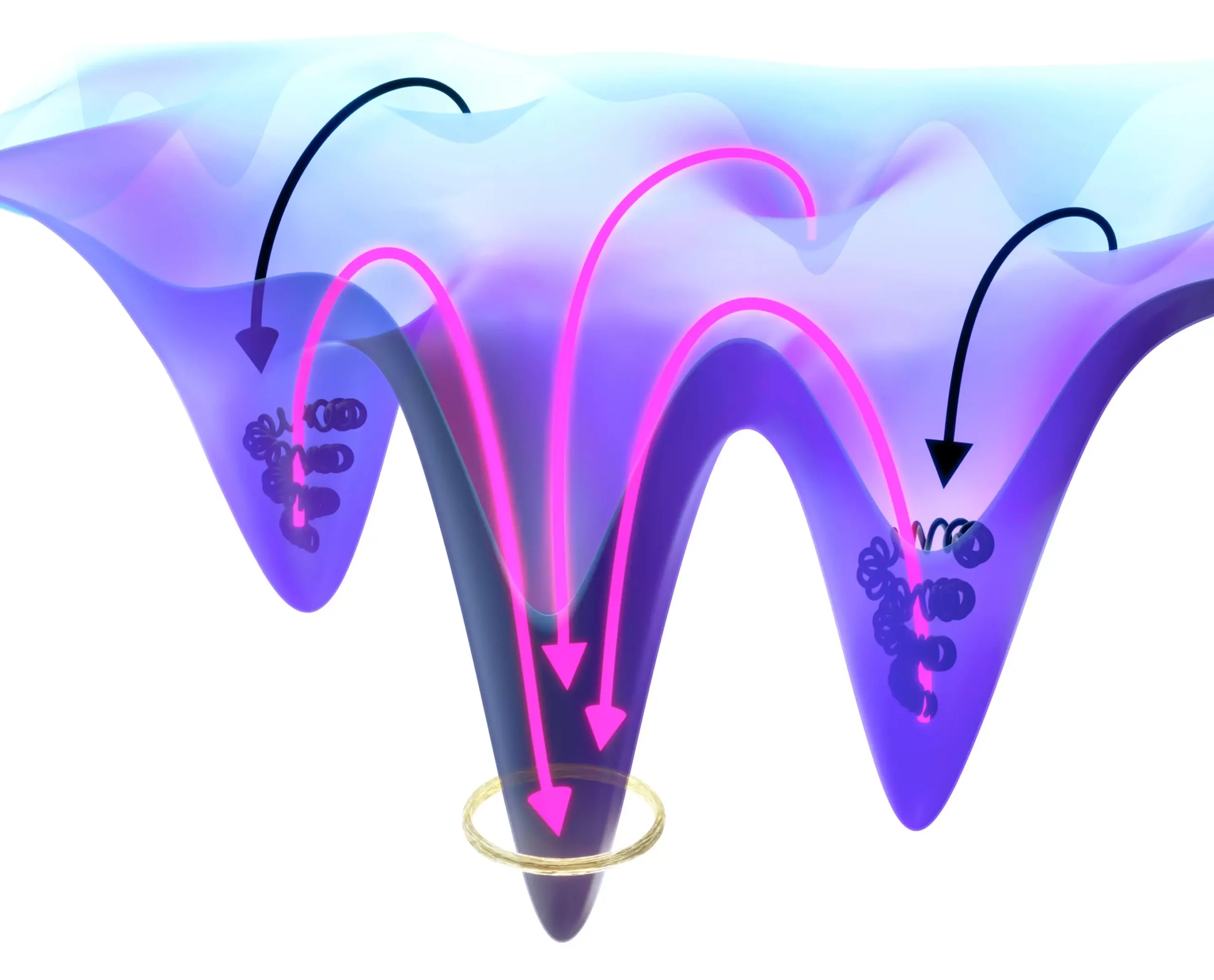Conventional wisdom in physics and biology suggests that energy barriers—those stubborn obstacles present in complex systems—are insurmountable without external input. Imagine a ball settled comfortably in a hollow, unable to progress further because it lacks the energy to climb out. This analogy underpins our understanding of phenomena such as protein folding or the behavior of molecular machines. Yet, recent groundbreaking research indicates that this long-held belief might be incomplete. The Max Planck Institute’s Living Matter Physics department has uncovered a mechanism where non-reciprocal interactions—unidirectional influences between molecules—can facilitate the escape from these static traps. This revelation boldly challenges the conventional paradigm and opens avenues for designing systems that mimic life’s efficiency.
Harnessing Dynamic Interactions to Break Free from Static Equilibria
The core breakthrough lies in understanding how molecules can effectively “talk” to each other in asymmetrical ways. Unlike reciprocal interactions, where influence is mutual and equal, non-reciprocal interactions involve one molecule attracting while the other repels, creating a dynamic tug-of-war that promotes movement and restructuring. Such behavior is reminiscent of predator-prey relationships in ecology, where one entity’s actions directly influence another’s. In molecular systems, this asymmetry fosters the formation of structures or patterns that can traverse energy landscapes otherwise deemed inaccessible. The researchers have proposed a universal mechanism rooted in these unbalanced interactions, which can be applied across diverse systems—from synthetic nanomachines to biological enzymes—enabling them to leap over energy barriers that once seemed insurmountable.
Implications for Engineering and Biological Understanding
This discovery holds profound implications for both scientific understanding and technological innovation. For one, it offers a blueprint for creating more intelligent and adaptable molecular machines. Instead of painstakingly designing systems with external energy inputs at every turn, engineers can now harness intrinsic non-reciprocal interactions to program self-organization and dynamic responsiveness. On the biological front, evolution has already achieved remarkable efficiency with enzymes that can catalyze reactions far beyond random chance, orchestrating complex molecular motions to bypass energy traps. The study suggests that natural systems might inherently utilize similar non-reciprocal interactions to optimize their functions. Recognizing this could revolutionize how we interpret cellular processes and pave the way for biomimetic designs that emulate these evolved efficiencies.
In My View: A Paradigm Shift that Redefines Possibility
What excites me most about these findings is their radical potential to transform how we approach the design of nanoscale systems. The notion that non-reciprocal forces can serve as an internal engine to overcome energy barriers challenges the very foundation of classical thermodynamics in the context of complex systems. It hints that the universe’s capacity for self-organization might be far richer than previously believed, driven not solely by external energy inputs but also by the nuanced interplay of asymmetric interactions. This insight stands to revolutionize fields ranging from medicine to materials science, offering a new toolkit to engineer active matter with unprecedented control and efficiency. If we can harness the subtle power of these dynamic relationships, the dream of building autonomous, self-healing, and highly adaptable molecular machines is no longer just science fiction—it’s an achievable frontier.


Leave a Reply